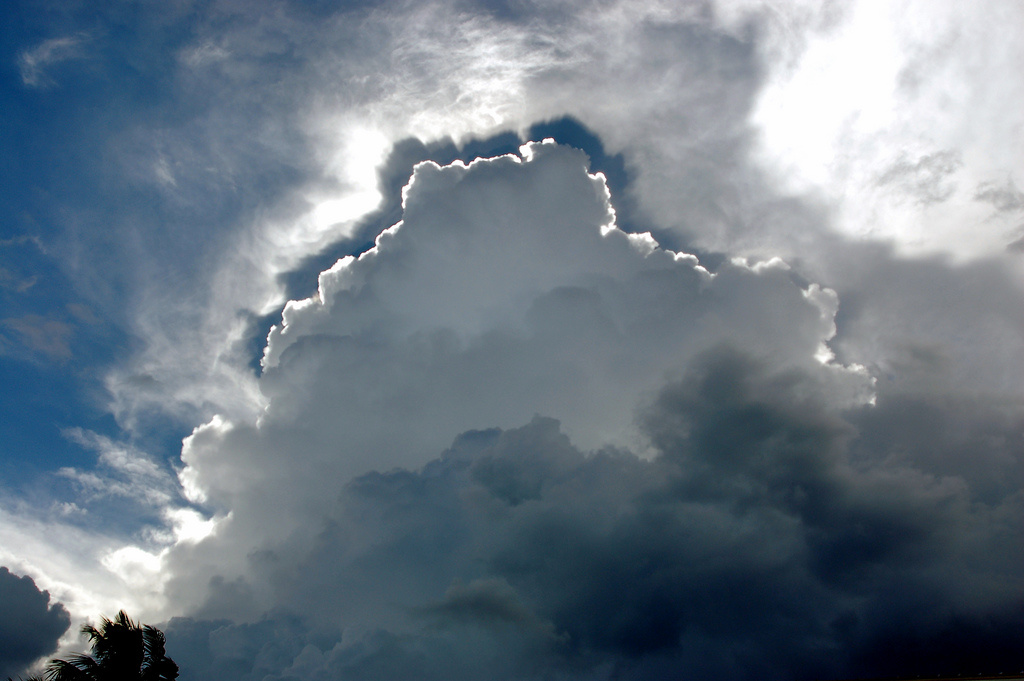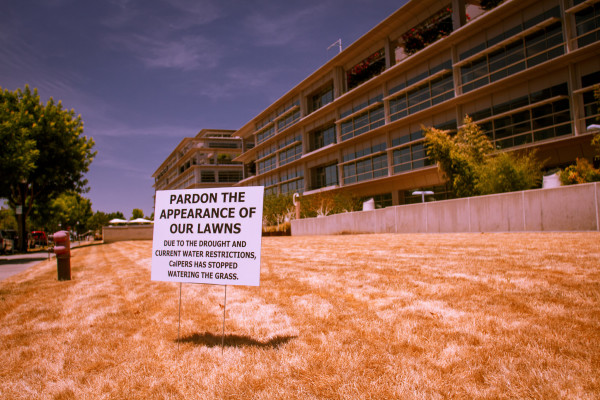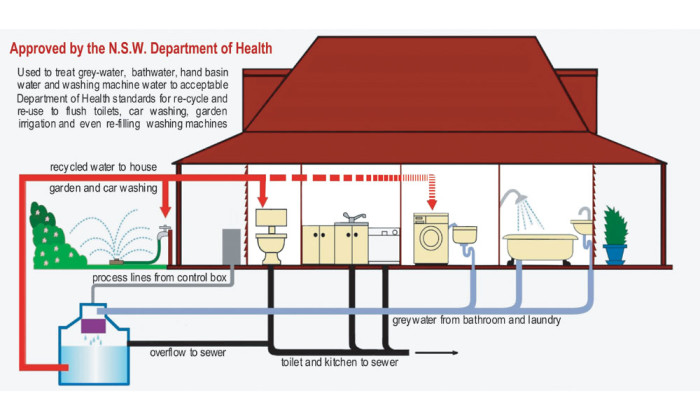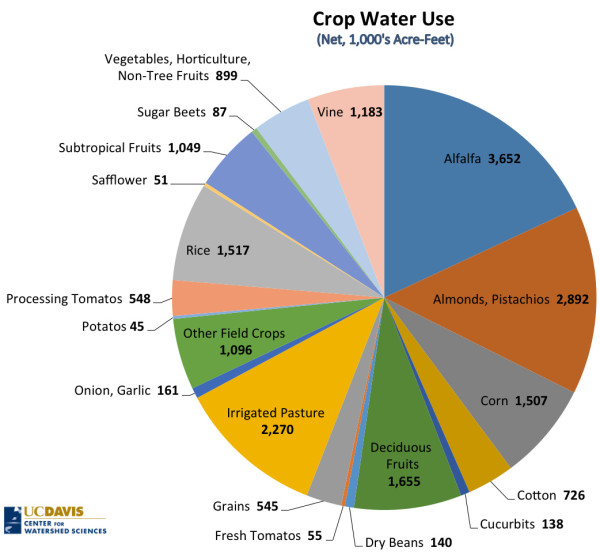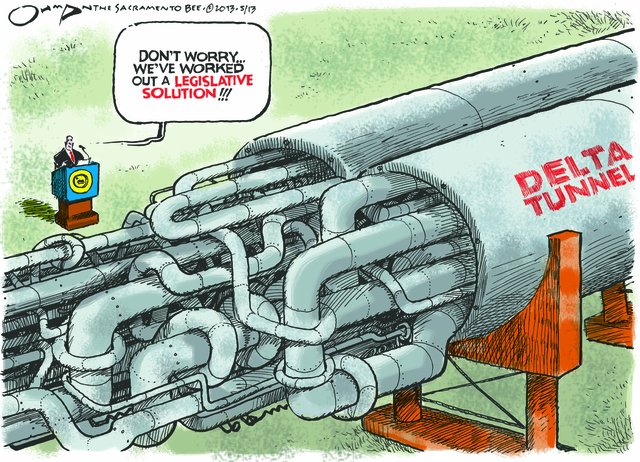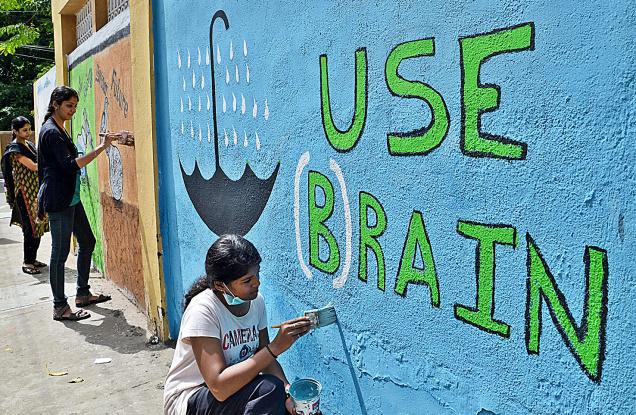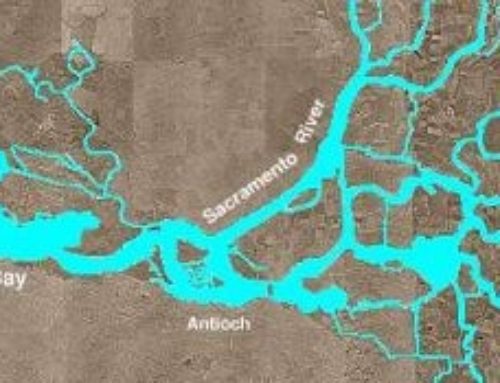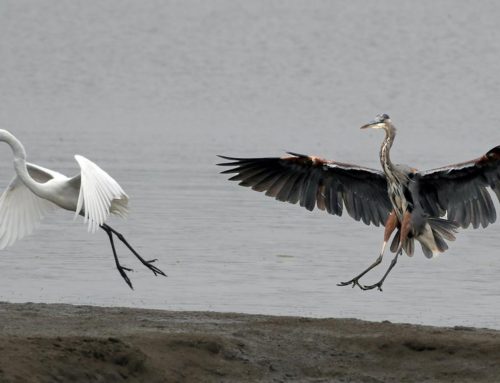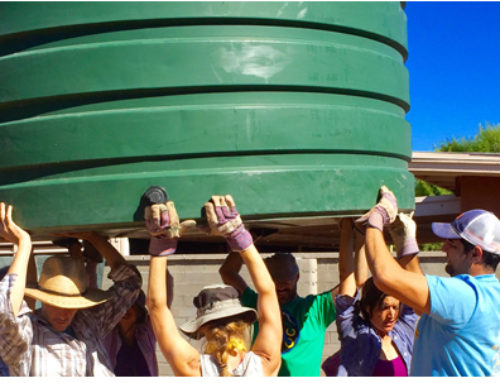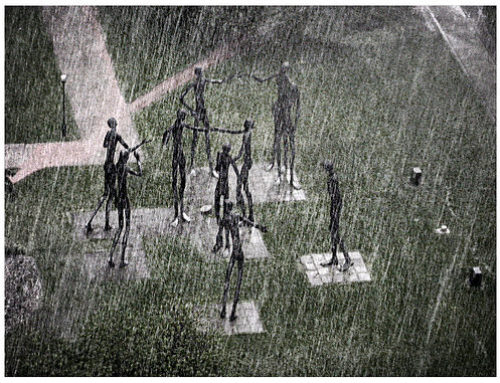Even the severe California drought has its silver linings. It has taken extreme conditions at the weather helm to focus Californians on our unsustainable use of water. For those of us who have been pushing water conservation and reuse for years, the drought is the motivator we have been seeking, raising issues of water use in California and helping to cultivate a culture of water awareness and an individual relationship with water. In some ways, the most recent drought is one of the best things to happen in the state of California when considering not only the culture of water use, but the culture of water awareness, and individuals’ relationship with water.
Moving Towards New Cultural Norms of Water Use
A prominent silver lining is the impressive widespread reduction in water use around our state. For the month of June 15-July 15, 2015 we have collectively reduced water use in the state by a startling 31.3%. Perusing the Department of Water Resources (DWR) August report on the target reductions for each water provider demonstrates that many areas of California are not only hitting their reduction mark, but are superseding it. These 20 cities are the current California superstars of water use reduction.
City | Percentage over reduction goal
Menlo Park City of | 31.5%
Dublin San Ramon Services District | 31.2%
Hayward City of | 26.0%
Santa Barbara City of | 25.5%
Soquel Creek Water District | 24.8%
North Coast County Water District | 24.6%
Redwood City City of | 24.5%
San Buenaventura City of | 23.4%
Santa Cruz City of | 22.7%
California Water Service Company Redwood Valley | 22.5%
California Water Service Company Livermore | 22.0%
Calaveras County Water District | 21.5%
Marina Coast Water District | 21.2%
San Gabriel Valley Water Company | 21.2%
Pleasanton City of | 21.0%
Mammoth Community Water District | 20.6%
Del Oro Water Company | 20.3%
California-American Water Company Sacramento District | 20.2%
Sunnyvale City of | 20.2%
Grover Beach City of | 20.2%
Congratulations to these areas where new cultural norms are starting to take shape. Given that the state of California’s mandatory restrictions are actually quite light handed, one thing that this tells us is that it is fairly easy for us to conserve and bring about dramatic changes in use. As we’ve seen, conservation takes many forms. We can’t point to one thing, such as removing lawns, but to a whole bevy of new practices – collecting warm-up shower water in buckets and using that saved water in toilets or the garden, adding graywater systems to laundry and tubs, flushing toilets less, taking fewer showers, turning down the flow at sinks, and harvesting rainwater, as well as municipal recycled water.
Another silver lining is an awareness of how much water we don’t need to use. We can now see the laxity and excess in our prior cultural norms. So, what happens if an El Nino brings heavy rains to California? Will we maintain our emerging new cultural practices or fall back to our less appropriate water customs? You can not rely on your water agency to continue to lead the charge – they are in business to sell water, not to save it. They have rallied behind the mandatory cutbacks because they are mandatory, not becuase they are good for business. The maintenance of new practices will demand our ongoing attention if rainfall is plentiful this winter.
I, for one, am gleefull that my email, social media and neighborhood lists are filling up with questions, misconceptions, practical suggestions along with a greater awareness of what local water agencies and cities are and are not doing. People are installing rainwater and graywater systems left and right around California, permitted and many unpermitted.
Recently, a 70+ year old woman sat next to me at a potluck. Knowing nothing of my work, she launched into a description of the systems her two daughters had just installed to divert their shower water to the toilet tank. They also set up the clothes washer to recycle its final rinse water as the first wash of the next load. Brilliant. They are armed with the tools to do it safely, if not yet legally, e.g., Laura Allen’s The Waterwise Home , Brad Lancaster’s Rainwater Harvesting for Dry Lands and Beyond and Art Ludwig’s Create an Oasis with Greywater . Others at the table chimed in about their new rainwater cisterns, or their own form of graywater reuse. These folks didn’t wait for the state to tell them to get deep into changing their culture of water use. Since they live near enough to the river or know how many wells are drying up in the area, to them, it just makes sense.
A Political Silver Lining
Another silver lining is the public’s motivation to get involved in monitoring other water users who regularly use more water than they should. In an ironic twist, it is the decidedly unprogressive water management governor, Jerry Brown, who has given us the push that we all needed. For all his foot-dragging in calling for mandated water use reductions, while at the same time continuing to ignore the benefits of onsite water management, Jerry Brown inadvertently got the urban public to start noticing water use in California.
On April 1, 2015, Brown called for state-mandated 25% reductions for all urban water users in California, leaving the 80% of water users, the agricultural sector, completely out of the equation. Just go ahead and tell 20% of the kids on an eight-hour waterslide outing that they have sit in the car for two of those eight hours (25%), but the other 80% of the kids can keep on sliding the entire time. In fact, the 80% of kids use so much water that there will be none left for the slide tomorrow.
This is the situation in California. Urban users use 20% of annual water demand. Many city dwellers wonder, most for the first time, what is going on with the almond, cotton, and rice farmers who use the other 80%.
And what about Nestles and other bottling companies selling water from the backs of our watersheds?
What about the folks in the Cities of Livingston, Riverbank, Hanford, Blythe, California City, El Segundo, Phelan Pinon Hills, Humbolt, Redlands and LA County District 29, California City and Humboldt Bay who are not measuring up to their water reduction targets when we are dutifully bucketing warm-up water from our showers into our gardens?
Suddenly, people are looking at wealthy communities who are using more water, and talking about water as a social justice issue. Suddenly people are seeing water, if only in the inequities of how the restrictions rolled out. They are paying attention to what rebates their water agency is and is not offering, They are noticing the debate on the Twin Tunnels and saying, “Hmm, I didn’t even know that was happening.”
Not only does the public have more awareness and political will, but so do the politicians. There are no less than 94 pieces of water legislation that have been introduced in 2015, including one by Rep. Jared Huffman, long a water advocate, that incorporates a $2,000 tax credit for the purchase and installation of water-capture and harvesting systems. Finally, water agencies are being required to track data on use, groundwater is being measured, and water rights are being reconsidered. This shows that politicians, who are both following the desires of their constituents, as well as leading the way to greater water sustainability and new legislated cultural norms.
It will be up to all of us to keep the new trends going, so use your (b)rain.


